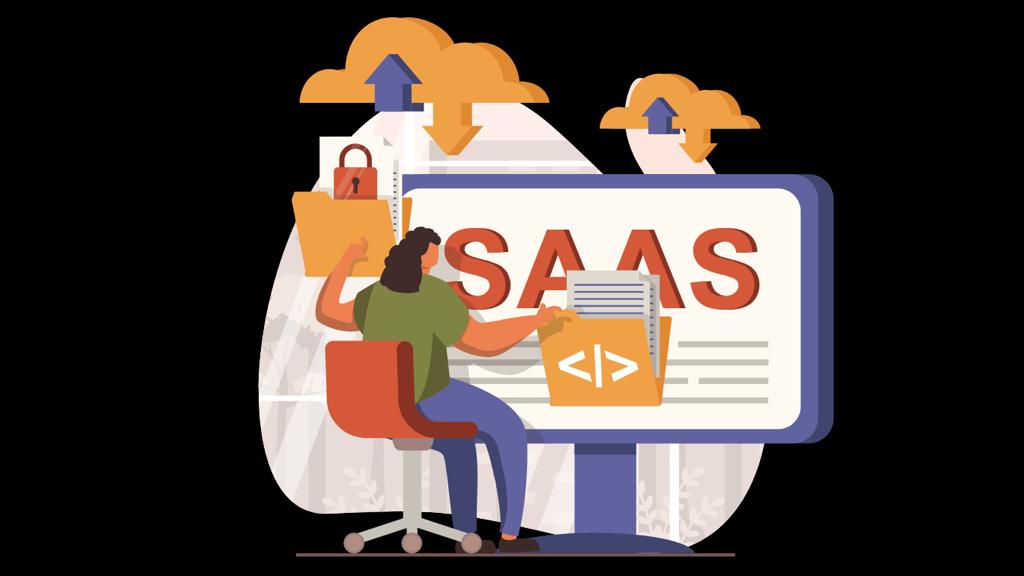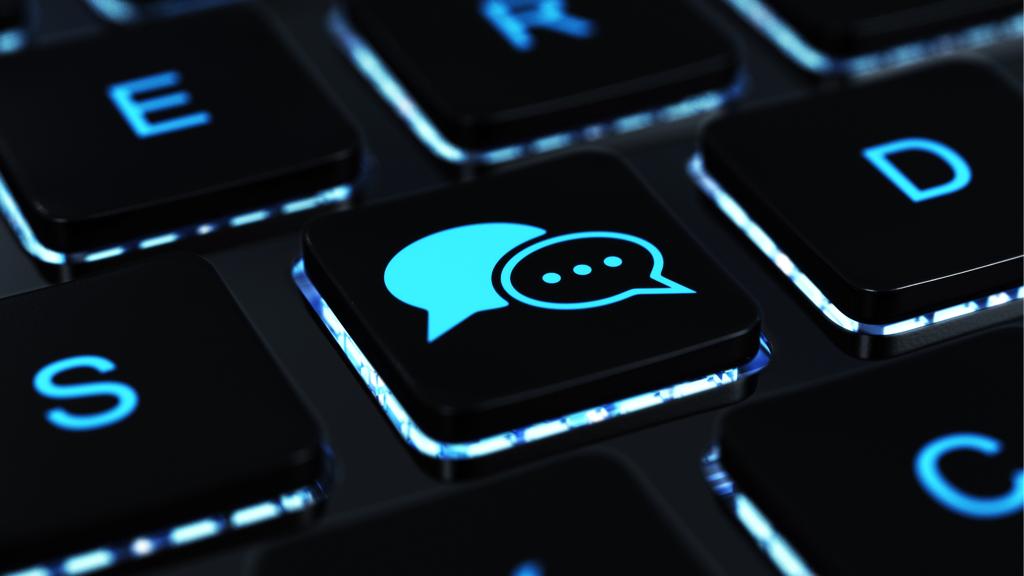
Introduction
The miraculous tool known as ChatGPT has completely changed the way we interact with AI. The GPT (Generative Pre-training Transformer) language model has a variation called ChatGPT, created exclusively for chatbot applications. It can produce human-like responses to a wide range because they trained it on a dataset of conversational exchanges. The ability of a model like ChatGPT to produce responses to prompts that it has not been particularly trained on, is one of its main advantages.
This makes it a helpful tool for building chatbots that can have natural conversations with people because it can handle a variety of topics and circumstances. Chatbots for customer support are one possible application for ChatGPT. A ChatGPT-powered chatbot might respond to a range there consumer questions with thoroughness and accuracy. Freeing up human customer service professionals to handle more difficult problems. ChatGPT may also be used in social media sites or messaging applications. The employment of a ChatGPT-powered chatbot could help people find information, get advice, or just have a friendly discussion.
1. Target Customers
Companies or organisations are interested in employing chatbot technology to enhance customer service. Clients that need automation of specific tasks would be Chat GPT’s target clients. Several businesses, like e-commerce, finance, healthcare, and customer service, might leverage Chat GPT. It might be especially helpful for businesses looking to increase productivity. And the efficiency of their customer service operations by giving customers prompt and precise responses via a chatbot interface.
2. How human conversations are mimicked by conversational bots?
To understand and contextualise spoken or written words as well as determine how to manage and react to user inputs, conversational bots combine natural language processing (NLP), natural language generation (NLG), machine learning (ML), speech recognition, and other language technologies.
3. How does ChatGPT work?
The goal of ChatGPT is to give consumers a conversational AI experience. To comprehend user input, produce suitable responses, and learn from encounters to advance over time. It combines natural language processing (NLP) and machine learning algorithms.
To grasp the meaning of a statement, the system first takes a user’s input sentence and analyses it using NLP techniques such as part-of-speech tagging, syntactic parsing, paraphrasing, etc.
A pre-defined response that matches the user’s purpose or query is then found by searching through ChatGPT’s extensive database of pre-defined responses using the analysis. Suppose this database is unable to provide a satisfactory response, in that situation, ChatGPT will combine a variety of machine learning techniques (including rule-based models. Supervised learning, and reinforcement learning) to produce the right response.
After delivering a response, ChatGPT keeps absorbing knowledge from user interactions to enhance its performance over time. As the user and the system converse more, the system has a better understanding of the appropriate responses for various requests and enquiries.
It then uses that knowledge to update its algorithms so they can respond more effectively in subsequent interactions. This method of iterative approach improvement allows ChatGPT to advance in its ability to offer users conversational AI solutions.

4. What has changed, and what present limits still apply to speech and chatbots?
First off, modern AI-based language understanding is extremely advanced. A sophisticated AI with NLU (Natural Language Understanding) can be employed in any language and understands a significant portion of written or spoken concerns. Understanding here refers to recognising the input over a broad range rather than having to be accurate. As a result, the user has the freedom to customise the wording. The bot does so rather than the other way around.
However, simply understanding a customer’s needs and engaging in casual contact with them is insufficient. You must integrate the bot with back-end systems to create an intelligent solution. This indicates that the bot has immediate access to all the database’s information regarding goods, services, and even the customers’ private data. The intelligent bot or virtual assistant may also have write access to the back end, allowing it to make changes such as changing the address or the quantity of an order, scheduling an appointment, cancelling a reservation, saving a callback, etc.
Virtual agents have limitations, since every issue and how it will be handled, must be understood and defined beforehand. Naturally, no bot can assist a calling consumer with a previously undiagnosed issue. Thus an expert support representative would always be needed in this situation. This has two effects. Bots initially concentrate on persistent consumer concerns. This does not imply that they are any less valuable because less than ten separate enquiries account for 80% of all consumer interactions. Second, utilising virtual agents is never intended to achieve perfect automation. In actuality, human agents and bots collaborate. The procedures can be completed by bots while employees concentrate on complicated instances.
5. Data protection is essential, particularly in industries that handle a lot of customer and human resources data. Can bots ensure the security of data?
This is a crucial factor to take into account when selecting a Conversational AI platform. The same strict security, data protection, etc. requirements that apply to a CRM system must also apply to a bot if it is a crucial application for the business. The core component of a strong corporate platform is secured data transmission. Thorough control over all user-related material, and fine-grained user rights control. Additionally, conversation data must be handled entirely “on-premises” by businesses or stored in data centres that are GDPR compliant.

6. Will the use of bots eventually replace human interaction?
No, a machine can not duplicate the creativity, empathy, and intuition of a person. Complex client enquiries and brand-new, undiscovered issues will still be addressed by humans. Bots should constantly be aware of their limitations, which is why a good dialogue design always includes a handover to a human. In hybrid circumstances, digital assistants will support people more and more. The AI listens to a conversation and gives the customer service representative information about the customer’s past, for instance, or relevant product details. These agent-assist technologies increase human intelligence and boost response quality. It has been suggested that jobs requiring the creation of content, such as playwrights, teachers, programmers, and journalists, may become obsolete.
In the days following its release, academics have produced exam answers that they claim would receive full marks if submitted by an undergraduate. Programmers have utilised the tool to quickly tackle coding problems in specialised programming languages. At WLC, we have even seen candidates applying for job use ChatGPT to solve the technical tasks. Some people have said that technology could replace journalists because it can produce written language that looks and sounds like human speech. The chatbot, however, lacks the sophistication, critical-thinking abilities, or capacity for moral judgement that are necessary for good journalism at this point.
Some inquiries and searches will be worthless after the existing knowledge base expires in 2021. According to the business, ChatGPT can also write “plausible-sounding but incorrect or nonsensical answers,” which offer incorrect information as fact. The data that OpenAI uses to train the model lacks a source of truth and supervised training can be deceptive because “the optimal answer depends on what the model knows, rather than what the human demonstrator knows,” according to OpenAI.
7. ChatGPT’s limitations
Before utilising ChatGPT, users should be aware of its restrictions. Its inability to comprehend context is one of its main flaws. ChatGPT can produce responses in response to a prompt, but it cannot consider what comes before or after the prompt to produce more meaningful dialogues. Additionally, ChatGPT’s training data continues to be a major limitation. The conversational themes and vocabulary may be constrained to the datasets already available to pre-trained models if you rely on them. Additionally, GPT-3 is an unsupervised learning model that cannot identify data faults or biases. It may produce inaccurate or biased information if it was trained on flawed data.
These restrictions are not insurmountable, and they can be lessened by tailoring the model to better comprehend the context and by giving more varied training data. To build a ChatGPT system that works, however, a major time and resource commitment are necessary. The development and use of chatbots are still in their infancy and are closely tied to artificial intelligence and machine learning. While there are clear benefits, they have some significant functional and use case constraints. But with time, this is evolving.
8. Here are some of the most typical restrictions:
1. While some have tried to use ChatGPT to predict stock market movements, ChatGPT does not support that since it does not have access to all the financial data & for a good reason.
2. Chatbots may not succeed when attempting to handle an unsaved query since the database used for output generation is fixed and constrained.
3. The effectiveness of a chatbot is heavily dependent on language processing and is constrained by inconsistencies, such as accents and errors.
4. Just because chatbots can only answer one question at a time, there aren’t many opportunities for dialogue.
5. To train, chatbots need a lot of conversational data. Generative models are often trained on a sizeable dataset of natural-language phrases and employ deep learning techniques to produce new responses word by word based on user input.
6. Chatbots struggle to handle non-linear conversations with users that need to switch topics frequently.
7. As is typical with technology-driven modifications to current services, some customers, typically from older generations, find chatbots unsettling because of their limited knowledge, which makes it clear that their requests are being handled by computers.
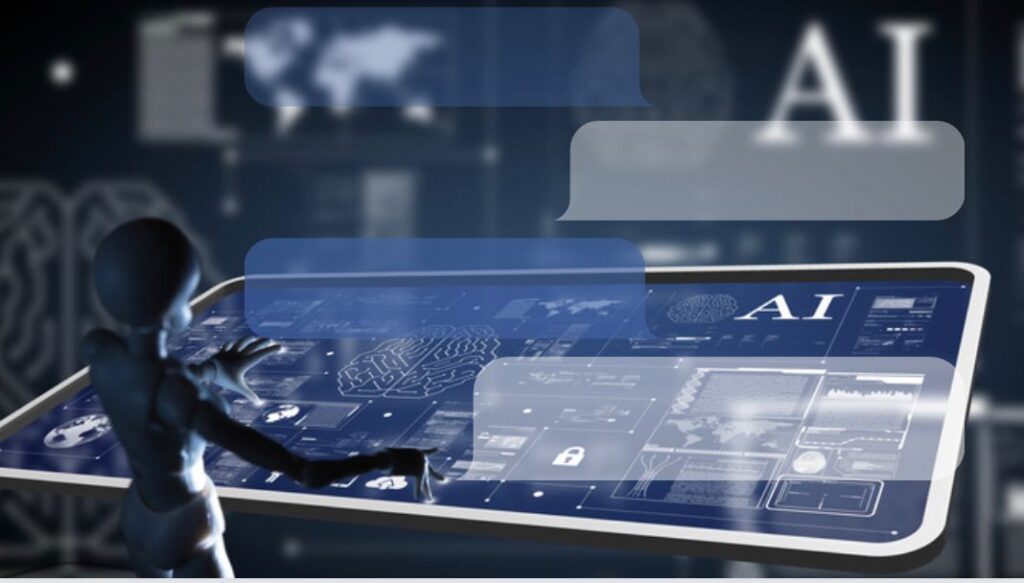
9. Some of the highlights of the ChatGPT
1. Forget Siri or Alexa; think of chatbots as the lead generation, lead nurturing, and conversion technology at the top of the sales funnel.
2. With the help of chat marketing, you can send out push alerts, gather email addresses for newsletters and other material, and encourage users to subscribe to your channel.
3. Emails vs. Messaging Differences include interaction and lack of response.
4. 90–95% of individuals don’t engage with emails, which typically have a 5–10% open rate; however, chat marketing has an open rate of 70–80% and a 10–20% click rate.
5. Make individualised encounters with chatbots that support back-and-forth communication.
6. Conventional marketing relies on presumptions about the audience; by posing questions, chat dispels presumptions.
7. Businesses that advertise online should employ click-to-messenger ads, which allow customers to subscribe to messaging with your business by clicking a button.
8. It’s not novel for a box to appear in the corner of a website to assist, but most businesses struggle to use it since it’s challenging to have someone available to talk.
9. Chatbots provide Tier 1 help to address specific queries and provide responses with user-generated material; Add chat content and keyword triggers.
10. Customers are more inclined to purchase from you if they feel you are trying to help them.
11. A discussion starter should be posted after declaratory or narrative material to encourage customers to offer their comments and thoughts.
10. Understands voice commands and responds just like Siri / Google Assistant.
Like Siri or Google Assistant, it recognises voice requests and responds. You may now just use voice instructions with ChatSonic (the best substitute for ChatGPT). Additionally, it speaks back to you, exactly like Siri or Google Assistant. Similar to ChatGPT, ChatSonic employs natural language processing (NLP) to recognise voice instructions and creates precise, pertinent, and interesting material on the go.
Computer systems called chatbots are designed to mimic human speech. They are made to comprehend and process user input, which typically takes the form of voice or text commands. Automating customer care processes, offering customer support, and even generating sales leads are all done with conversational AI chatbots. You may easily produce content using voice commands using ChatSonic, a free alternative to ChatGPT. Prepare to improve both the effectiveness and enjoyment of content creation!
11. Data storytelling and content creation there
Digital content is created using computer programmes or artificial intelligence (AI) models such as ChatGPT, which produces text that resembles human writing. With the help of this technology, time and effort may be saved by automating processes like creating reports, articles, and chatbots. We frequently struggle with spending huge time on data analysis, testing hypotheses, updating models, and effectively communicating our findings to stakeholders.
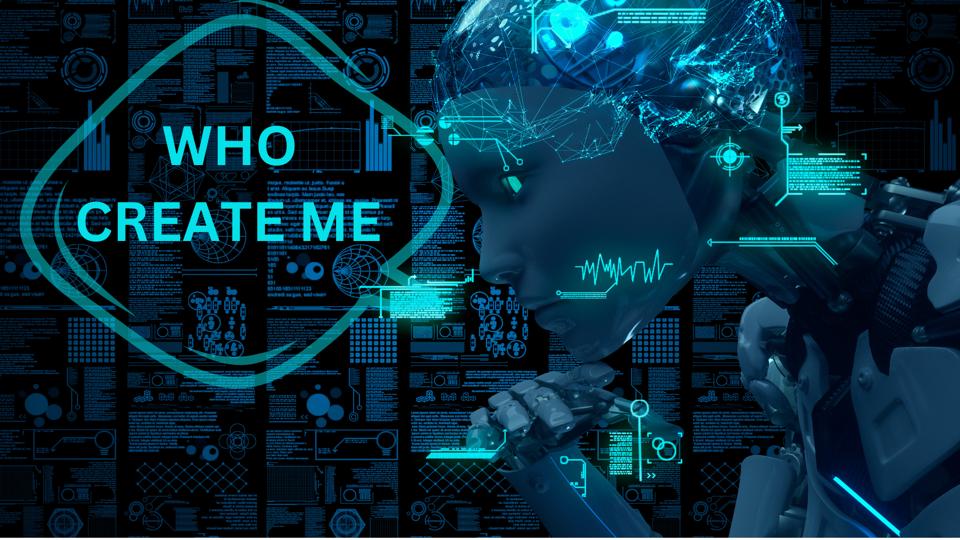
12. Who developed ChatGPT?
Similarly to this, knowing who created the program and why is crucial background information if you intend to utilise it in your regular work. Once more, ChatGPT is a creation of OpenAI. The company’s history and its declared objectives are provided below:
- OpenAI has a for-profit corporation named OpenAI LP (which has a “capped profit” model with a 100x profit cap, at which point the remaining funds flow up to the non-profit entity) and a non-profit parent organisation called OpenAI Inc.
- Microsoft has invested the most money. Equity is also owned by OpenAI employees.
- Sam Altman, a former Y Combinator president and one of the company’s founding founders, serves as CEO of OpenAI (along with prominent Silicon Valley personalities such as Elon Musk, Jessica Livingston, Reid Hoffman, Peter Thiel, and others). About Musk’s involvement in the business and ChatGPT, many people have questions. He left the board in 2018, therefore, he was unable to contribute significantly to ChatGPT’s development (which, of course, didn’t begin until November 2022.
13. Who Trained ChatGPT, and how?
To assist ChatGPT to learn dialogue and develop a human manner of response, GPT-3.5 was trained on enormous volumes of code-related data and knowledge from the internet, including sources like Reddit debates. To teach the AI what people anticipate when they ask a question, Reinforcement Learning with Human Feedback was also used to train ChatGPT. This method of training the LLM is novel since it goes beyond only teaching it to anticipate the next word. To grade the outputs of the two systems, GPT-3 and the new InstructGPT (a “sibling model” of ChatGPT), the developers who designed ChatGPT recruited contractors (referred to as labellers). ChatGPT was specially trained to comprehend the human intent behind a question and provide helpful, honest, and harmless answers. This distinguishes ChatGPT from a straightforward chatbot.
As a result of that instruction, ChatGPT may challenge particular questions and ignore any unclear portions of the inquiry. Another study about ChatGPT demonstrates how they programmed the AI to anticipate human preferences. The researchers discovered that the metrics used to evaluate the outputs of natural language processing AI produced machines that performed well on the metrics but didn’t match what people would have anticipated. The idea they came up with was to develop an AI that could produce replies that were tailored to human preferences.
To achieve this, they trained the AI utilising datasets of human comparisons of various replies to improve the machine’s prediction of what humans would deem to be satisfactory answers. The study reveals that training involved summarising Reddit postings and testing them with news summaries.
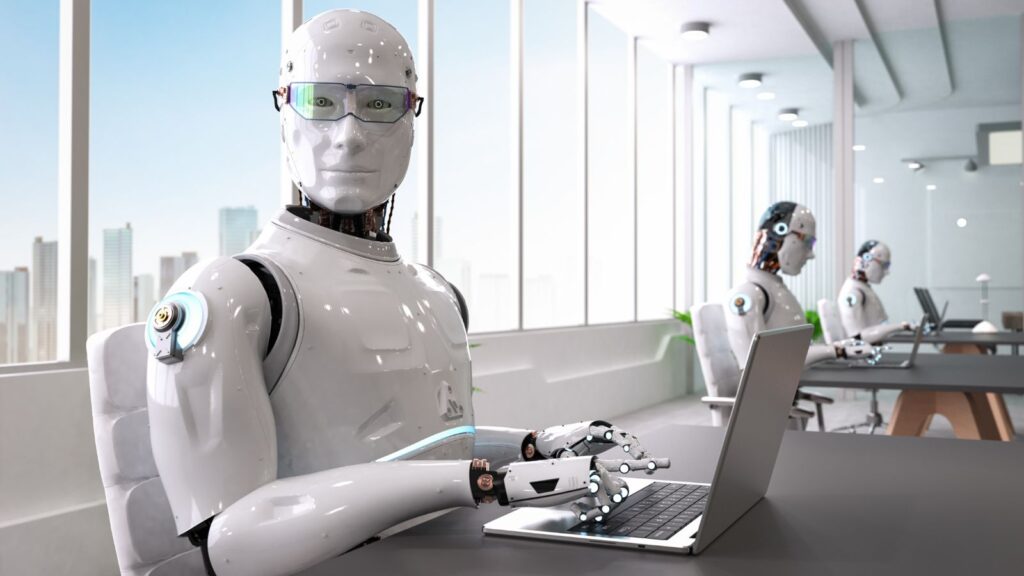
14. Directional Quality Determines the Quality of the Answers
The fact that the output quality is largely dependent on the input quality is a significant ChatGPT restriction. In other words, instructions (prompts) from experts lead to superior responses.
14.1. Answers Don’t Always Hold Trueth
Another drawback is that it is programmed to give responses that feel natural to people. The answers may lead people to believe that the output is accurate. Many users observed that ChatGPT sometimes gives false information, including those that are radically false.
15. What is ChatGPT think?
ChatGPT has received additional financial support from Microsoft as it seeks to integrate the chatbot’s capabilities into its search engine and unseat Google from the top spot. ChatGPT has made quick progress in demonstrating its broad appeal, from writing poetry to coding and even passing MBA exams at the Wharton School of Business.
Even though Microsoft would presumably be pleased to see Google falter after years of dominance in the search market, ChatGPT itself does not believe its existence will have an impact on Google’s search business.
It should be noted that since ChatGPT’s responses are also dependent on training data, it’s likely that the programmers programmed the chatbot to respond to these kinds of questions without coming across as arrogant or self-assured. In a matter of years, it will be clear whether OpenAI is exaggerating its powers or whether Google will endure and coexist alongside ChatGPT and other AI.
16. Concerns About ChatGPT
Every generation experiences a “moral panic” over the impending calamity that some new technology will bring. Television, video games, personal computers, the internet, smartphones, and social media have all significantly impacted society, and we have both applauded and lamented this shift at various points. Though there are some valid worries, overall, the world has profited from our technological advancements.
ChatGPT, at the absolute least, will cause a lot of disruption in the years to come. Nearly every career and profession will be impacted by ChatGPT shortly, with some job categories being eliminated. As a result, certain negative actors will suddenly have access to a weapon of mass disruption.
16.1. How to prevent AI from taking over?
The real world is starting to resemble some science fiction films as we start fusing ChatGPT with other technologies like CGI, robotics, customisable and personalised speech interfaces, virtual reality, wearables, gaming NPCs, surveillance capitalism, and so forth. It’s important to note that ChatGPT is not sentient. Humans have been concerned about what will happen if and when AIs becomes sentient or self-aware for decades. Would they attempt to wipe out humans as a lesser species?
When we interact with ChatGPT, a part of us already wants to exclaim, “It’s alive! It’s alive! It has life! We have the impression of conversing with a person. It doesn’t matter if they are sentient or not in this way. In essence, we give these AIs sentience. We did not develop the ability to tell artificial intelligence from people. By anthropomorphizing AIs, we unintentionally give them life and enable them to accurately emulate human relationships. There are amazing innovations and enormous problems ahead. Take Theodore from the movie Her, for instance, who has a romantic relationship with the AI operating system on his smartphone. This is only a few steps away.

17. Find Out What Cool Things ChatGPT Can Do For You.
The ChatGPT AI bot can do a wide range of tasks. From entertaining features like getting party planning and decoration suggestions to more practical ChatGPT advantages like helping you debug your code or even writing code for you. Let’s look at some of ChatGPT’s unique features.
17.1. Write Code
Whether you’re a coder or just learning ChatGPT’s features can be useful to you. Simply ask the AI chatbot to write the code for you if you’re having trouble figuring out how to solve a certain issue. Additionally, it will write the code for you if you tell it which programming language to use.
I asked ChatGPT to create the Python code for a tic-tac-toe game that runs in a terminal for testing purposes. The code was then running in the Terminal and saved as a Python file, and it was a complete success.
17.2. Make translations using ChatGPT
This one is cool and smart but not that helpful. Text translation from one language to another is possible with ChatGPT, and it works with a variety of languages with ease. It’s not the most useful feature, though; you could probably simply use Google Translate or Apple Translate to do this properly.
17.3. Text Data Extraction
You may also extract data from text with ChatGPT. All you need to do is provide the chatbot with the text and instruct it to extract certain types of data and in what format.
17.4. Graded Writing
Teachers can also benefit greatly from ChatGPT, in addition to pupils. You can quickly grade essays using the AI tool, and it even offers grading feedback. For instance, if you ask ChatGPT to assess an essay and it gives it a “B+,” it will also explain why the writing received that mark, as well as offer recommendations for how to make it better.
17.5. Solve Math Problems
ChatGPT wasn’t the best at answering mathematical questions in its initial form. However, with recent improvements, OpenAI has also improved its capacity for handling mathematical problems. Therefore, ChatGPT can assist you if you’re stuck on a math problem and searching for a solution. Additionally, it displays its work and provides clear explanations so you can figure out how to remedy the issue on your own.
Conclusion
Today, ChatGPT enables businesses to automate several key customer engagement processes without sacrificing effectiveness or user experience. Companies are increasingly turning to ChatGPT as an effective and efficient tool for having natural language conversations with their clients as AI technologies become more advanced and widely used. ChatGPT is becoming the industry standard for automated customer care discussions thanks to its user-friendly design and robust features.
In addition to its capabilities for communication, ChatGPT is a useful tool for language creation. It can be used to write articles, produce social media content, or build whole websites. There are countless opportunities, and it’s simple to see how ChatGPT might become a crucial component of numerous companies and organisations.
Why then, is ChatGPT such a miraculous tool? Without a doubt, it’s easy. Unlike any other technology, it can comprehend and produce text that resembles human speech, making it very adaptable. And a helpful tool for many different purposes. ChatGPT is certain to impress and delight, whether you use it for customer support, content creation, or just for pleasure. It is, therefore a very beneficial and effective tool for everyone. While ChatGPT is currently free to use, there may be a charge shortly. In addition to ChatGPT, there is background.ai, which offers more examples.
For more information on this topic or to explore other related content, CLICK HERE and visit our website.


